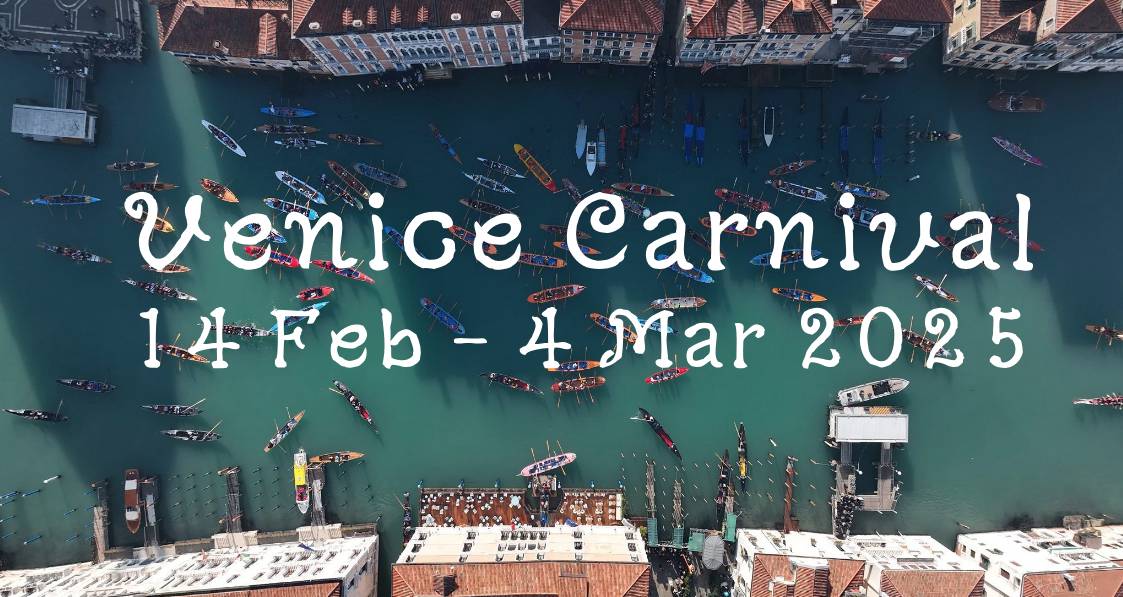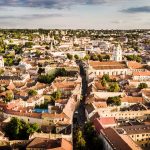The Carnival of Venice is one of the most famous and spectacular festivals in the world, renowned for its elaborate masks, grand parades, and enchanting atmosphere. This annual celebration has deep historical roots, dating back centuries, and has evolved through various political and cultural changes.
Origins and Early Traditions
The origins of the Venetian Carnival can be traced back to the 11th century, with its first official mention appearing in a document from 1296, when the Senate of the Republic of Venice declared it an official public holiday. The festival was initially a period of revelry before the restrictions of Lent, allowing Venetians to indulge in music, dance, and feasting. Masks became an essential part of the celebration, providing anonymity and enabling people from different social classes to interact freely. This tradition helped reinforce Venice’s reputation as a city of freedom and equality, where even the strictest social hierarchies could be temporarily disregarded.
The Golden Age of the Carnival
The Carnival reached its peak during the 17th and 18th centuries when Venice was at the height of its power and cultural influence. Lavish masquerade balls, theatrical performances, and street festivities became grander than ever. During this period, Venetian masks developed into an art form, with intricate designs and high-quality craftsmanship. Many of these masks were inspired by characters from the Italian Commedia dell’Arte, a popular form of theatrical entertainment. The Bauta (a mask covering the entire face with a prominent nose and no mouth opening), the Moretta (a small, oval-shaped mask typically worn by women), and the Plague Doctor mask (with its long, beak-like nose) became iconic symbols of the Venetian Carnival.
Decline and Revival
With the fall of the Venetian Republic in 1797, the Carnival was gradually suppressed under Austrian rule and later during the Napoleonic occupation. The tradition nearly disappeared in the 19th century, as the authorities sought to limit public gatherings and the anonymity provided by masks. However, in the late 20th century, the Carnival experienced a revival. In 1979, the Italian government and local organizations restored it as an official cultural event, celebrating Venice’s rich artistic and historical heritage. Since then, the festival has grown into a global attraction, drawing thousands of visitors each year.
The Modern-Day Carnival
Today, the Carnival of Venice is a dazzling spectacle that combines traditional elements with contemporary creativity. The city comes alive with elaborate costumes, gondola parades, theatrical performances, and music-filled squares. The annual competition for “La Maschera Più Bella” (The Most Beautiful Mask) remains one of the festival’s highlights, showcasing the exquisite craftsmanship that has made Venetian masks famous worldwide. From its historical roots to its modern-day splendor, the Carnival of Venice continues to capture the imagination of people from all walks of life, preserving the magic of a centuries-old tradition that embodies the essence of Venice itself.
The Venice Carnival celebrates 300 years of Giacomo Casanova
On the 300th anniversary of his birth, the Venice Carnival returns to enchant the world from February 14 to March 4, 2025, with a special edition titled “The Time of Casanova”, dedicated to the timeless figure of the Venetian.
More info on The Venice Carnival website
To find Hotels or Hostel or other types of accommodation in Venice you can check Hostelsclub.com





